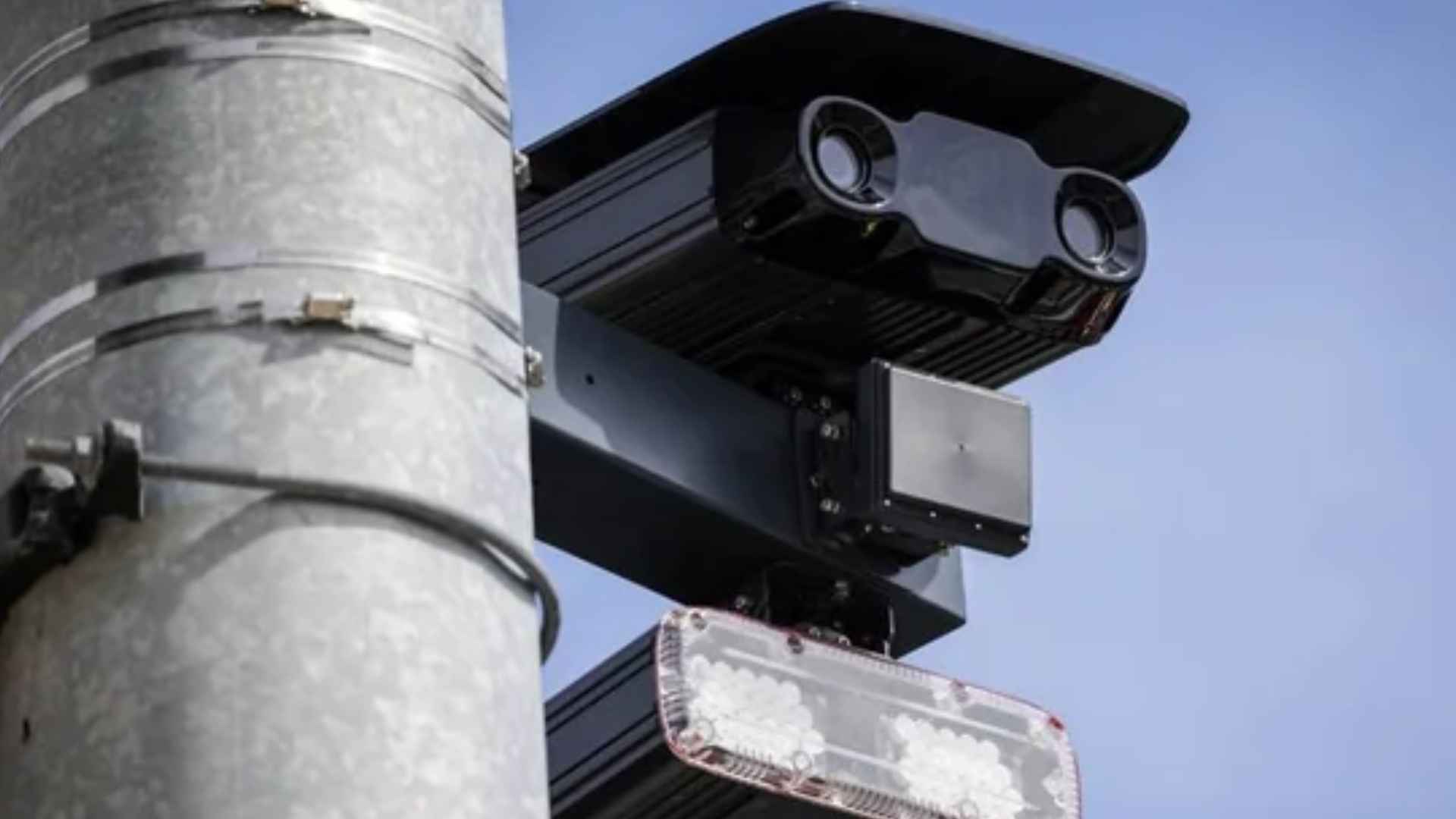Automated speed enforcement is officially live across San Francisco, ending the warning phase and moving to real penalties to support the SFMTA’s Vision Zero safety plan.
If you’ve been cruising without checking the needle, it’s time to rethink habits—or your mailbox will remind you the expensive way.
What San Francisco’s new speed cameras mean for everyday drivers now
After a warning period since March, the city’s automated cameras are active in high-risk corridors and near schools. When sensors detect a vehicle above set thresholds, the system photographs the license plate and the postal notification system for fines mails a ticket to the registered owner. Think you can outrun a lens? Think again.
The program targets the most collision-prone areas with a clear goal: cut violations by 30% and make walking, biking, and driving safer for everyone.
How fines work under AB-645 and what violations really cost? Under AB-645, driving more than 11 mph over the posted limit is a violation. Fines escalate with speed—simple, predictable, and meant to deter risky behavior. Yes, that’s real money.
Fine schedule
| Speed over the limit | Fine amount |
|---|---|
| 11–15 mph over | $50 |
| 16–25 mph over | $100 |
| 26 mph or more | $200 |
| Over 100 mph | $500 |
If you receive a citation, you can appeal. Depending on circumstances, some drivers may perform community service instead of paying the fine, and tickets are dismissed if the car was stolen at the time.
Where the San Francisco speed cameras are placed and why safety matters
Cameras aren’t everywhere—there are 33 locations chosen using crash data, with emphasis on school zones and streets where speeding led to serious injuries. A public camera map shows each site so motorists can plan and adjust before they roll through. Heading to school drop-off? Ease off the gas.
By focusing on proven danger spots, the city aims to deliver fewer crashes and fewer families facing life-changing injuries.
Tips to avoid a ticket while keeping streets safe for everyone: The easiest strategy is also the safest: stay under the posted limit. No surprises, no fines:
- Rely on street signs first; let GPS apps alert you as a backup.
- Review the public camera map and avoid habitual speeding on those corridors.
- Build in a few extra minutes for school-zone slowdowns and peak-hour congestion.
- If cited, read the notice carefully for appeal options and next steps.
Automated enforcement is here to change behavior, not just collect payments. Keep your speed in check, watch the signs—especially near schools—and you’ll contribute to a safer city while keeping your wallet closed.

